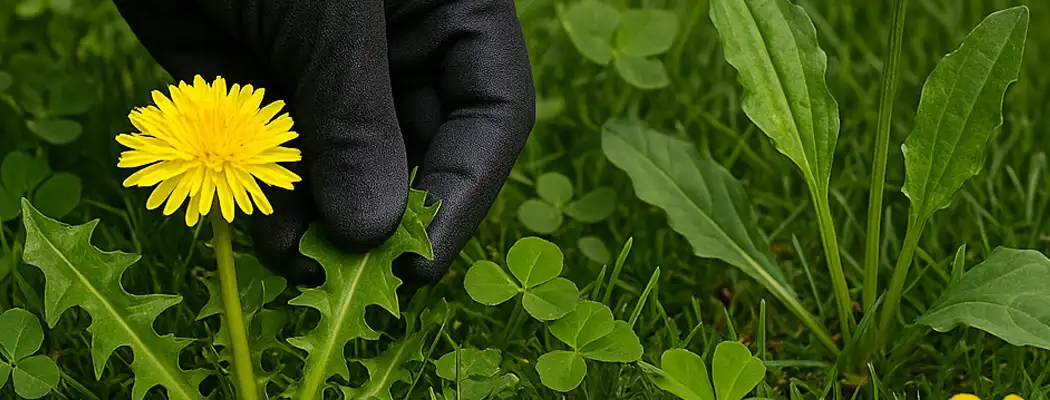 Broadleaf weeds in a home lawn are unwelcome due to the fact they are out of place. A rose bush in a cornfield could be considered a weed. Simply put, when you have something growing where you do not want it, then that can be considered a weed.
Broadleaf weeds in a home lawn are unwelcome due to the fact they are out of place. A rose bush in a cornfield could be considered a weed. Simply put, when you have something growing where you do not want it, then that can be considered a weed.
Additionally, Broadleaf weeds grow much faster than turfgrass and, frankly, just do not add curb appeal. So what can you do about broadleaf weeds when they start to appear or have taken over your lawn?
Beating Broadleaf Weeds
There is no need to sell your home and move away. All you need is a plan. The first step is to identify the weed or weeds that have moved in and then drill down on their life cycle. Are they annuals or perennial?
Once you have the facts, you can create your treatment plan. If you identify the weeds as annuals, the good news is next season just before these type of weeds begin to germinate, you can apply a fall or late winter pre-emergent to help reduce the onset of weed growth. Just make a note on your calendar to remind you of next season.
If these weeds have already germinated you will need to treat them with a post-emergent. Post meaning `after germination`. When selecting a weed control product, it is important to know your turf type and choose a product that is compatible. Keep in mind to always read and follow all label directions. Spot treating weeds is a best practice due to the fact that you are only applying products where and when needed. You may need to re-treat as new weeds begin to appear but this is still ideal for treating broadleaf weeds.
Patience is key during this stage of treatment because weeds don`t actually die from this treatment, they just complete the life cycle much faster. If the weeds grow slowly, then control will take longer. During cooler months, control may take two to three weeks.
Once you send the weeds packing, this is a great time to improve cultural practices such as regular feedings to help thicken the lawn. After all, a thick healthy lawn is the best form of weed control.
